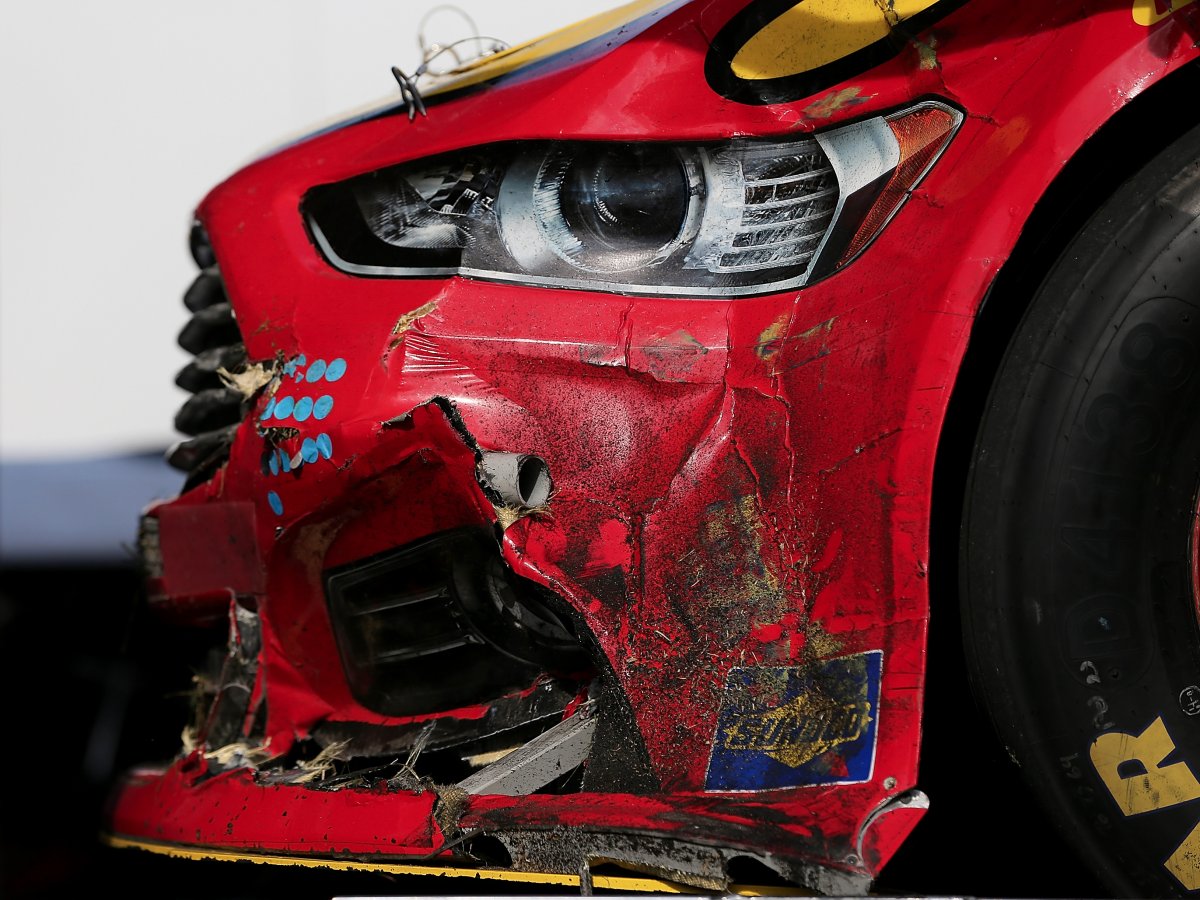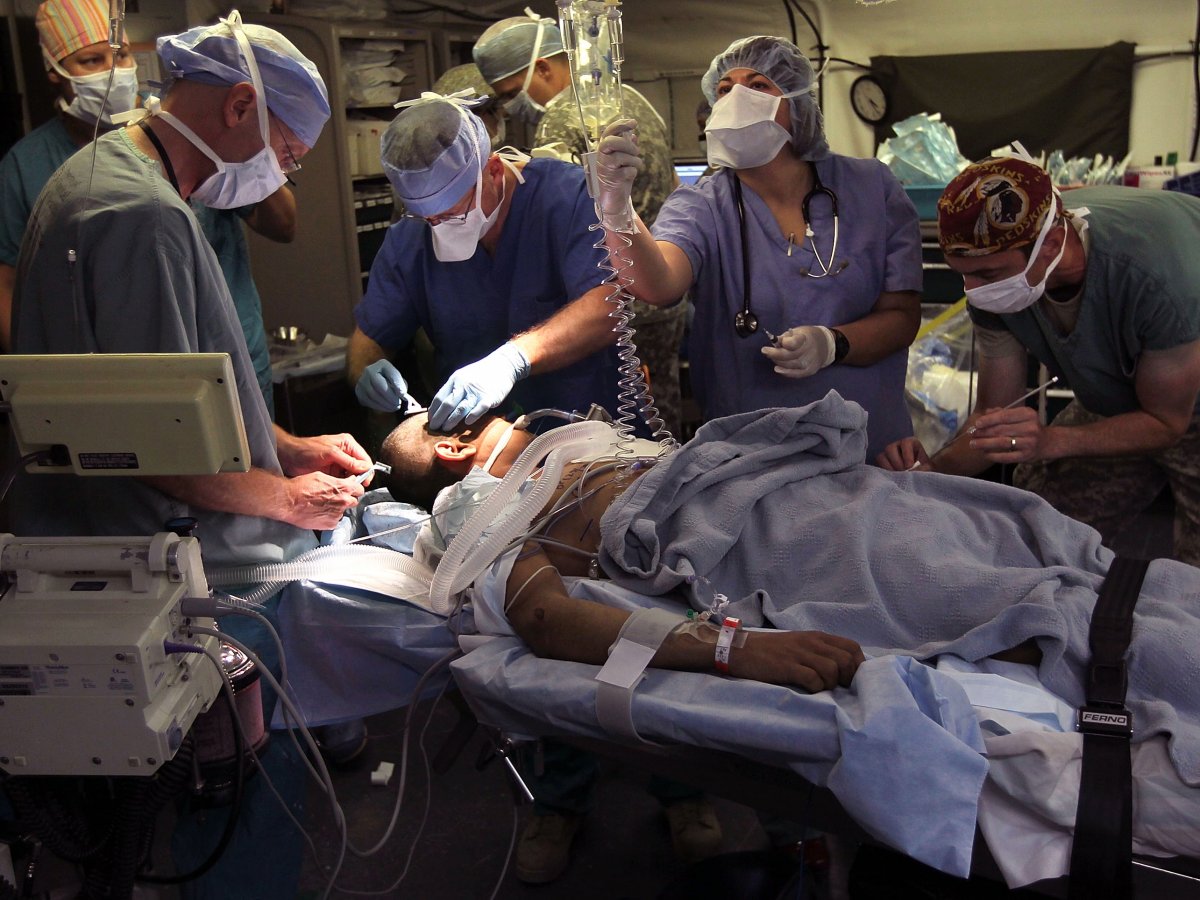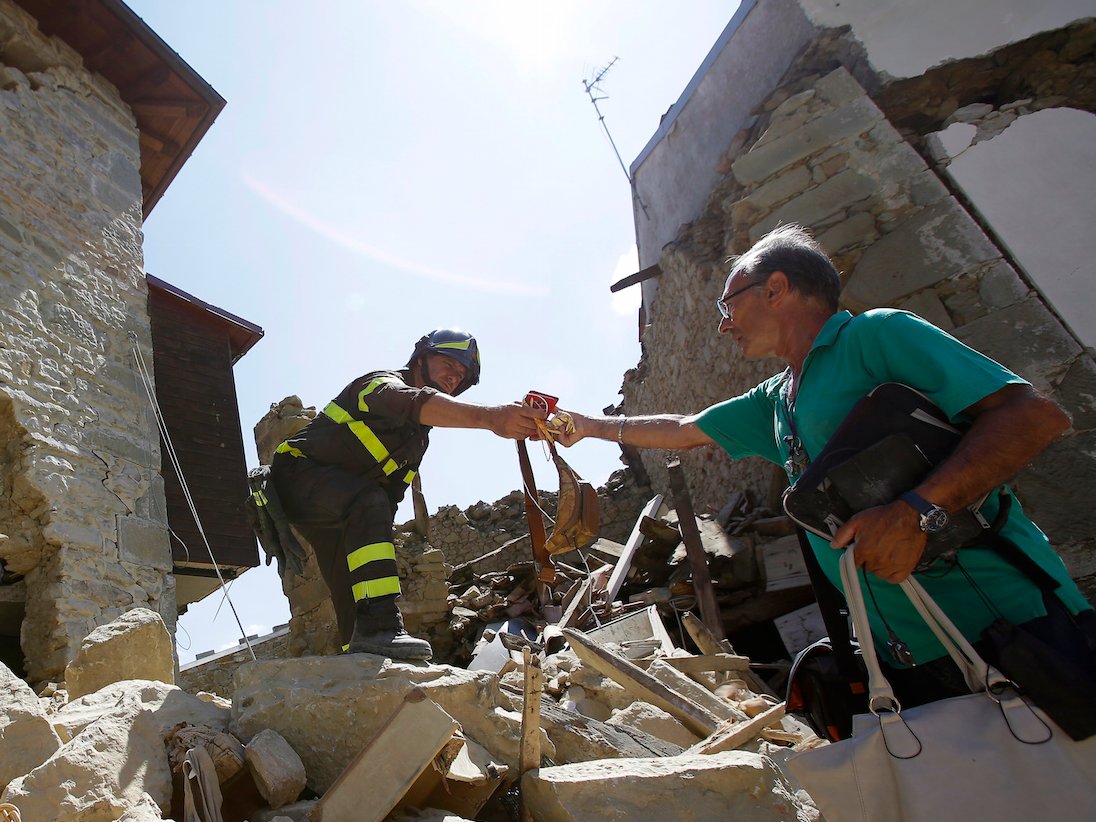December 6, 2016: From a solid golf club to a high-quality selfie, some everyday innovations owe their existence to NASA technologies.
NASA published its 2017 edition of “Spinoff” — a profile of 50 commercial technologies originally designed for NASA missions and research.
Since 1976, NASA has published an annual document introducing run-of-the-mill items inspired by NASA innovations
This year, the objects span everything from public safety to health, NASA laid out a full list of spinoffs.
Here are 7 of the most objects.
1. Crash-test cameras
NASA needed high-speed, rugged cameras to record parachute-testing for its landing systems.
The agency reached out to California-based company Integrated Design Tools (IDT), which built a camera that could record 1,000 frames per second and immediately store the data.
That same technology is used in cameras that record crash tests.
2. Laser imaging: from space to underneath soil
NASA uses laser-imaging technology, or LIDAR on missions in outer space. In simple terms, LIDAR measures distances using laser light. It can be used to develop high-resolution maps, among many other things.
NASA helped design smaller versions that are used here on Earth. Archaeologists use them to help unearth artifacts. LIDAR is also used in autonomous-driving technology.
3. From a screw threading to golf clubs
It turns out spacecraft design and golf-club engineering have some similarities.
An innovation called the “Spiralock” is an advanced screw-threading designed by the Holmes Tool Company. NASA sought them out because it needed an advanced screw that could withstand the rigors of space launch.
It’s being used in golf clubs, too.
4. Brain surgery tools
Neurosurgeons employ bipolar forceps which use electricity to cut and cauterize tissue. But electricity in the forceps generates extra heat, so you need to safely dissipate that heat and avoid damaging healthy brain tissue.
A company called Thermacore has a solution that NASA had been using since the early days of space flight. Heat pipes. A downsized version was created for bipolar forceps, ensuring the safety and effectiveness of neurosurgery.
5. Earthquake protection
A NASA-developed technology that used liquid fuel to prevent vibrations in the Ares 1 rocket was adapted to help stabilize buildings and bridges during earthquakes.
Now the NASA-derived technology, licensed by engineering firm Thornton Tomasetti for commercial use, has been installed on a new building in Brooklyn, New York.
6. Fertilizer
NASA helped Florikan, a fertilizer company in Florida, develop a fertilizer that doesn’t dissolve too quickly, ensuring plants get the right amount of nutrients from the fertilizer at the right time.
That fertilizer is now being used around the world — and in space.
7. From space photography to selfies
You are using NASA-derived technology when you take a picture with your smartphone.
A sensor adapted from complementary metal-oxide semiconductors was developed by NASA engineer Eric Fossum in the 1990s. Though the semiconductors have been used in computers for years, NASA says Fossum was the first person to successfully adapt it for picture-taking.






